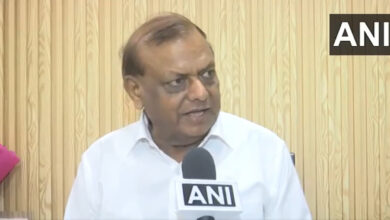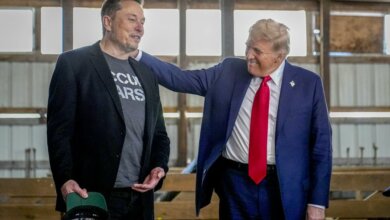New Delhi/Washington: Trade relations between India and the United States have entered a volatile phase as the U.S., under President Donald Trump, imposed a sweeping 26% tariff on Indian imports. What began in April as a “reciprocal tariff” initiative has grown into a complex legal, diplomatic, and economic standoff, with billions of dollars and global supply chains hanging in the balance.
Trump’s ‘Reciprocal Tariffs’ and India’s Targeting
On April 2, 2025, President Trump announced new import duties on countries with “unfair tariff structures,” invoking emergency powers under the 1977 International Emergency Economic Powers Act (IEEPA). India, often criticized by the U.S. for its comparatively high tariffs—averaging 17% in 2023—was immediately targeted. From April 5, Indian goods entering the U.S. were hit with a 26% ad valorem duty, on top of a blanket 10% tariff applied to all nations.
Pharmaceuticals, a major Indian export, were exempted, but other sectors including electronics, gems and jewelry, textiles, and machinery were deeply affected.
Legal Hurdles and Temporary Relief
The tariffs have triggered legal pushback. A U.S. Federal Court deemed the measures unlawful on May 28, saying they exceeded presidential authority. Yet, a temporary stay by the Appeals Court the next day allowed the tariffs to remain while litigation continues.
In a brief reprieve, the U.S. suspended the higher 26% country-specific tariffs for 90 days starting April 9. However, with that period set to expire August 1 and trade talks slowing, the risk of full reinstatement—or escalation—remains.
Economic Fallout and Sectoral Impact in India
India exported $87 billion worth of goods to the U.S. in 2024. The tariff hike has caused particular concern among small and medium enterprises (SMEs) and exporters in sectors like apparel and electronics. Industry estimates suggest potential losses between $7–10 billion annually if the 26% duty resumes in full.
Despite this, India finds itself in a relatively favorable position. While it faces a 26% tariff, China, Taiwan, and Vietnam are burdened with even steeper duties—up to 54%. Indian pharmaceutical stocks saw early gains in April due to the exemption, and the country’s competitive positioning in textiles and electronics has strengthened as rivals face stiffer barriers.
According to a July 2025 NITI Aayog report, India gained ground in 22 of the top 30 export categories to the U.S., with exports rising over 22% in Q1 FY 2025–26.
India’s Diplomatic and Strategic Response
Commerce Minister Piyush Goyal has led a nuanced response, mixing trade diplomacy with targeted concessions. After Prime Minister Modi’s February 2025 meeting with Trump, India offered tariff reductions on a wide range of U.S. goods—cutting the average tariff gap from 13% to below 4%—and opened preferential access to 90% of U.S. exports.
The government is also preparing relief measures for affected exporters and intensifying trade diversification with ASEAN, the EU, and the Gulf region. Think tanks like the Global Trade Research Initiative (GTRI) have cautioned against over-concessions that may compromise India’s long-term interests.
On the monetary side, the Reserve Bank of India cut interest rates by 25 basis points in July and revised its GDP forecast downward to 6.5% for FY 2025–26, citing global trade pressures.
New Sanctions Threats and the Russia Factor
Further complicating the landscape is the proposed Sanctioning Russia Act of 2025, which threatens 500% tariffs on countries, including India, that continue purchasing Russian oil. India, a top buyer, has not yet been officially sanctioned under the bill, but the warning has intensified behind-the-scenes diplomacy.
Wider Implications and Global Trade Dynamics
The tariffs are part of a broader realignment of global trade, with the U.S. seeking to curb Chinese influence and reassert control over supply chains. India’s participation in BRICS and continued energy trade with Russia have drawn U.S. scrutiny. At the same time, global firms—such as Apple—are reportedly expanding manufacturing in India to circumvent rising Chinese tariffs.
While the Trump administration has floated the idea of using tariff revenues to offset income taxes, economic analysts warn that the numbers don’t add up. Studies show U.S. importers bear the brunt of these costs, which are eventually passed on to consumers.
The Road Ahead
With the August 1 deadline looming and talks still in flux, a Bloomberg report suggests an interim agreement may cap tariffs below 20%, offering India some respite. But key sticking points, especially around agricultural products like apples and nuts, remain unresolved.
The threat of punitive oil-related tariffs also casts a shadow, with energy security likely to become a core issue in ongoing discussions.




